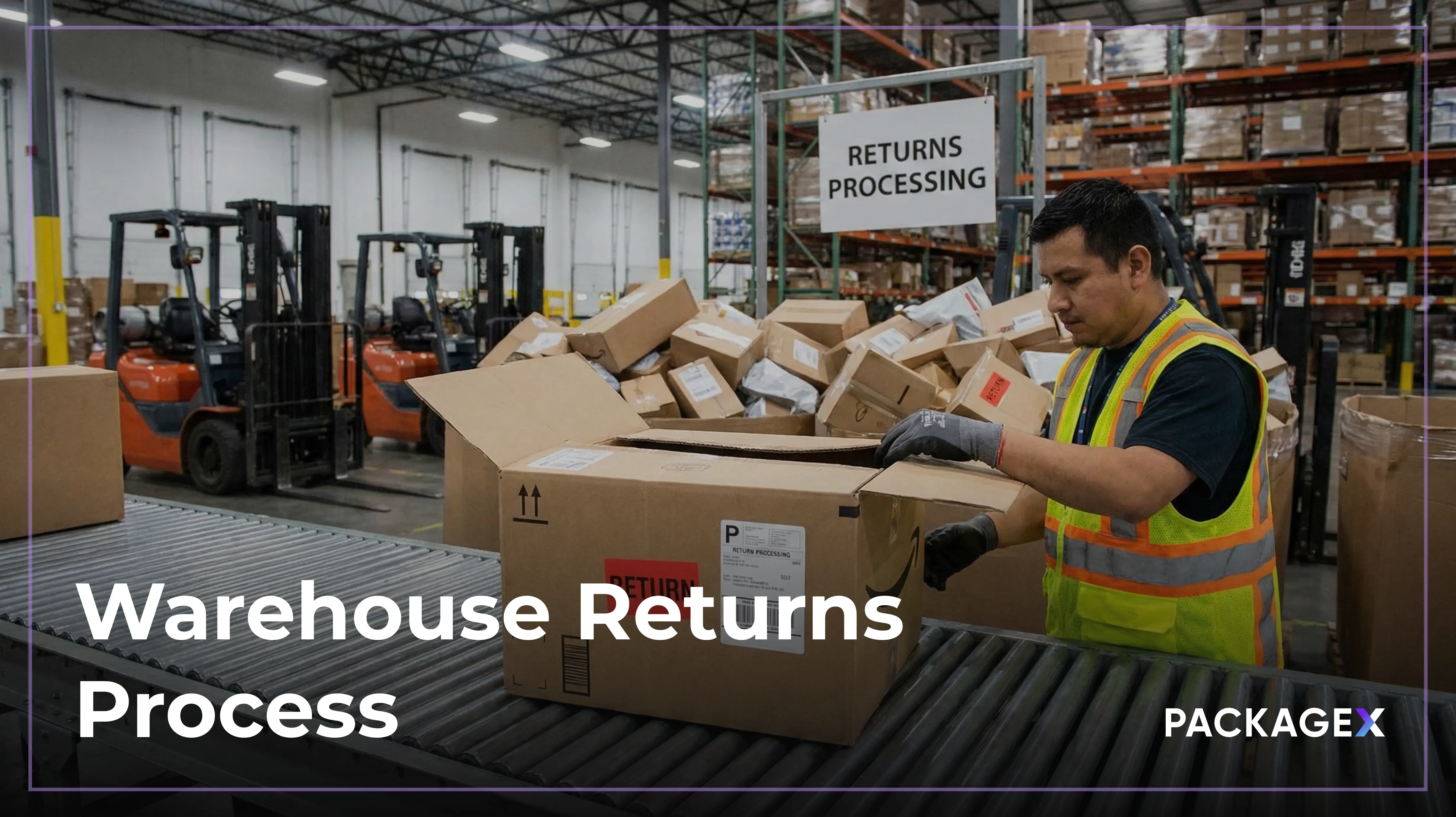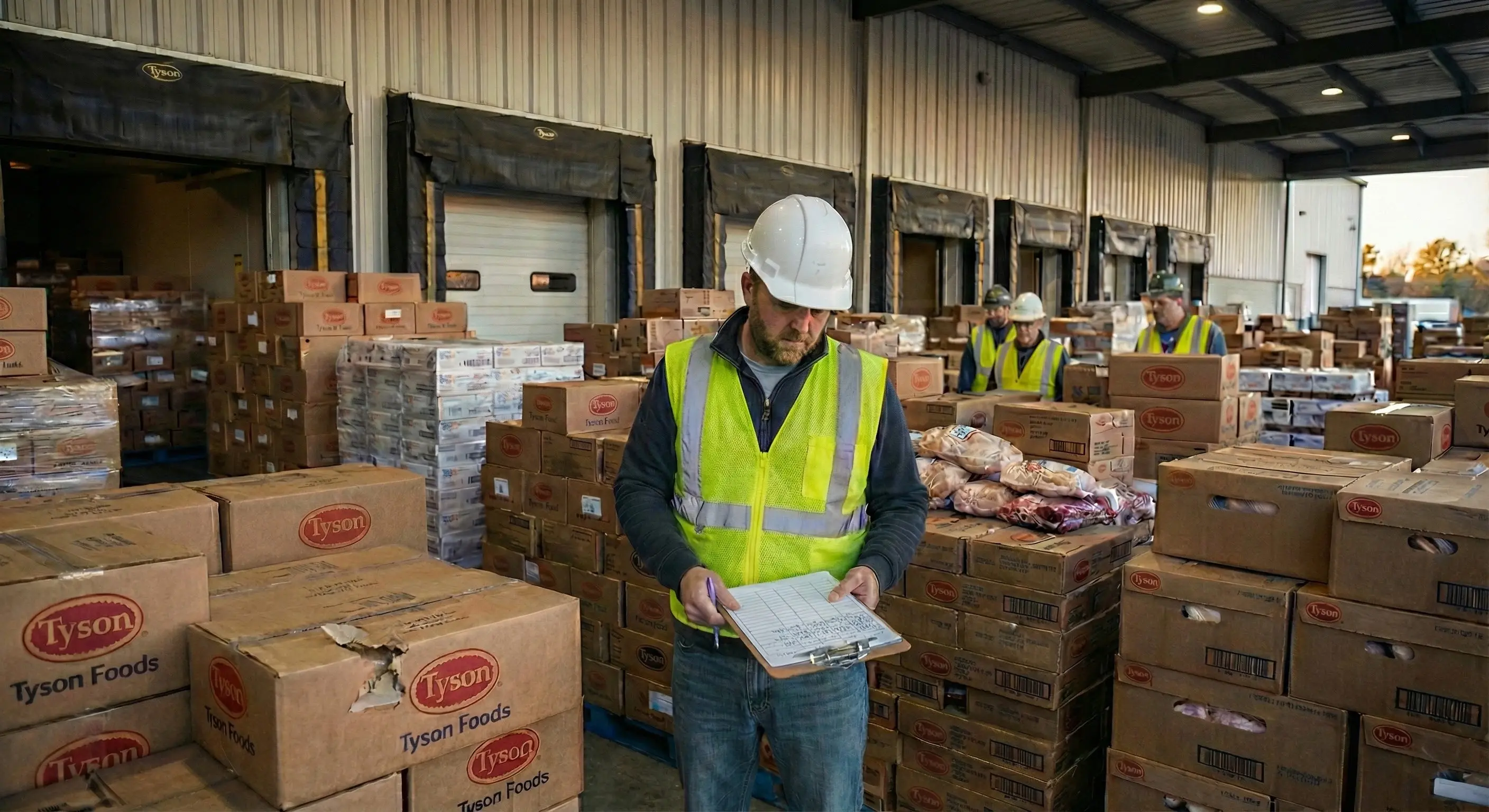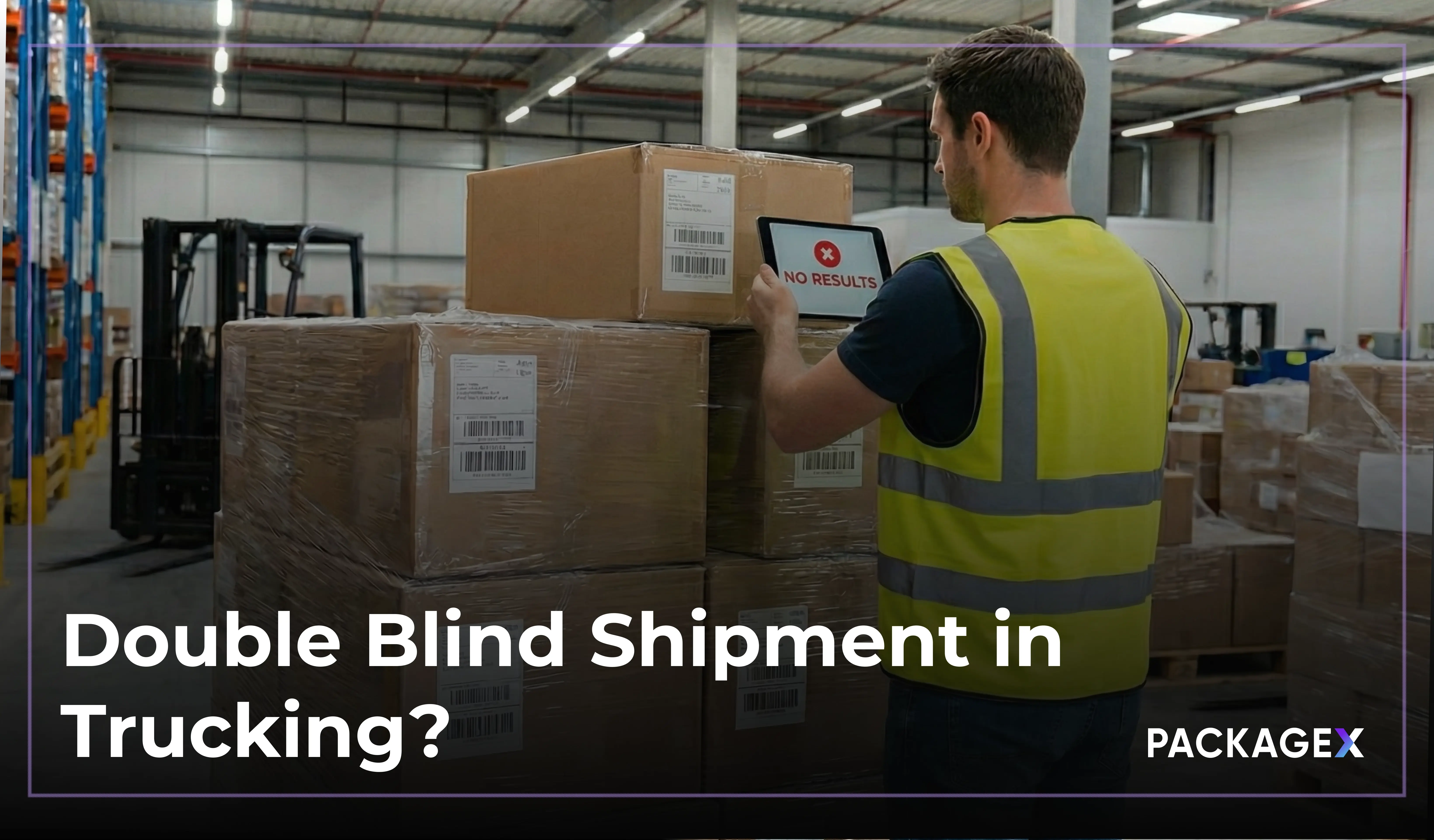Up to half of total shipping costs are attributed to last-mile delivery. This makes it the most expensive segment of the logistics chain. This stage often faces challenges such as lost deliveries, lack of visibility, manual paperwork, and delayed confirmations.
The global electronic proof of delivery (ePOD) market is set to grow at a CAGR of 22.5% through 2032. This growth reflects the rising adoption of digital delivery solutions in logistics.
To address these challenges, businesses are turning to digital proof of delivery systems. These systems enhance proof of delivery tracking, ensuring that deliveries are confirmed promptly and accurately. By integrating digital solutions, companies can reduce errors, improve customer satisfaction, and streamline their logistics operations.
Understanding what proof of delivery means in supply chain optimization is crucial. As the industry evolves, adopting digital tools becomes essential for maintaining efficiency and meeting customer expectations.
What Is Proof of Delivery (POD)?
Proof of delivery is a document or digital record that shows a shipment reached the right recipient. It acts as confirmation that the delivery happened as expected. This helps reduce errors, track order fulfillment, and resolve customer complaints.
Proof of delivery (POD) in logistics can be a signed paper slip, a photo, or a digital timestamp. Older systems used handwritten signatures. Today, many U.S. carriers rely on electronic methods that sync with dashboards or tracking platforms.
So, what is proof of delivery in a nutshell?
It’s a way for logistics businesses to verify that goods were received. It promotes transparency, helps prevent fraud, and ensures the shipping process is accountable.
The global logistics market is expected to grow at a 4.7% CAGR through 2028. Much of that growth is fueled by digital tools like ePOD and real-time tracking.
Proof of delivery is a key step in making shipping more transparent and reliable.
Key Aspects of a POD System
A reliable proof of delivery system does more than show a package was dropped off. It helps protect revenue, reduce disputes, and support compliance.
Here are five key elements U.S. logistics teams rely on in a modern setup:
- Recipient Signatures:
Every electronic proof of delivery system should use OCR to automatically capture and log the recipient’s name, address, and signature from scanned documents or images. - Contact Info: AI scanning is used to extract the contact information. Such as contact numbers or email addresses. It’s a simple step that speeds up documentation and helps resolve delivery claims fast.
- Time and Date Stamps:
Timestamps on each delivery act as a digital receipt. They back up driver routes and help settle issues tied to delays or missed windows. - GPS and Photo Confirmation:
For mobile proof of delivery, GPS data and drop-off photos provide exact confirmation of where the package was left, especially helpful for contactless deliveries or multi-unit addresses. - Device Compatibility:
Today’s electronic proof of delivery devices work on smartphones, tablets, and handheld scanners. Many teams prefer a mobile proof of delivery app that updates records instantly, no matter the location. - Digital Record Storage and Syncing:
Cloud-based systems provide real-time management, so managers can view delivery status without delay. This keeps companies audit-ready and aligned with customs standards.
The right electronic proof of delivery app can save time, cut costs, and keep operations running clean.
Why Proof of Delivery Is Important?
A proof of delivery (POD) is now a critical part of ensuring smooth and transparent last-mile delivery operations.
Here’s why it matters:
For Shippers and Businesses
- Provides documented proof of delivery for billing, payment processing, and order verification.
- Supports accurate inventory tracking and reconciliation for completed last mile delivery orders.
- Acts as solid evidence for resolving disputes or claims about late, missing, or damaged shipments.
For Recipients
- Confirms that the package was received and verifies its contents and condition.
- Offers peace of mind for high-value, fragile, or time-sensitive deliveries.
- Creates a record for future reference in case of warranty claims or returns.
For Logistics Companies
- Promotes accountability and transparency across the delivery process.
- Helps improve on time delivery performance metrics and meet service level agreements.
- Aids in optimizing delivery routes and reducing operational costs.
In short, the proof of delivery provides efficient package management. It is a safeguard for both the business and the customer.
How Electronic Proof of Delivery Works?
Electronic proof of delivery solutions streamlines the delivery management process with real-time data capture, tracking, and system integration.
- Digital Dispatch Through Proof of Delivery App:
Delivery details are assigned and transmitted to drivers via a secure mobile interface. - Real-Time Tracking and Location Visibility:
GPS tracking enables dispatchers and customers to monitor delivery status at every stage. - On-Site Data Collection Using ePOD Devices:
Drivers capture signatures, images, and package scans with electronic proof of delivery devices. - Secure Storage:
Each delivery is logged and archived, creating a clear digital trail for audit and compliance. - Easy API Integration:
Proof of delivery templates, as well as API and SDK support, enable seamless syncing with logistics and ERP platforms.
Types of Proof of Delivery Solutions
Choosing the right proof of delivery method depends on your business needs..
- Paper-based POD:
A traditional delivery note or signed receipt confirming the shipment was received. Still common in B2B logistics and certain regulated sectors. - Software-Based Solutions:
These electronic proof of delivery solutions offer exceptional features. Such as real-time tracking and integration with logistics platforms, facilitating smoother operations. - App-Based Solutions:
A proof of delivery app helps drivers record deliveries easily. Features often include electronic signatures, GPS tracking, and photo capture. - Electronic Proof of Delivery Devices:
Specialized devices are designed for reliable data capture on-site, even in areas with limited internet access. - Traditional Methods:
Manual handwritten or printed proof of delivery templates can work, but often lead to delays and errors. - Hybrid Systems:
Some businesses use a mix of digital and manual methods to balance accuracy and simplicity. - Photographic POD:
A time-stamped image showing the parcel at the drop-off location. This is especially useful in contactless or unattended deliveries. - GPS-enabled POD:
Modern transportation software systems often integrate GPS data. In order to provide an exact delivery time and location, an additional layer of verification is required for last-mile delivery.
Benefits of Implementing Electronic Proof of Delivery Solutions
Proof of delivery is a key factor in overall delivery operations. Here are the potential benefits you can get after implementing the ePOD solutions.
- Evidence of delivery:
It helps prevent lost package claims. Over 1.7 million packages go missing every day in the U.S., leading to frustrated customers and lost revenue. A clear record protects your business and supports dispute resolution. - Customer satisfaction:
Client satisfaction grows when buyers know precisely when and where their items arrive. Email proof of delivery adds transparency, especially for high-value or time-sensitive shipments. - Legal protection:
A legal proof of email delivery can serve as binding evidence in industries like pharmaceuticals, healthcare, and regulated logistics. - Enhanced accountability:
Accountability starts with a simple proof of delivery form. It logs timestamps, signatures, and recipient data, keeping everyone on the same page and reducing internal miscommunication. - Environmental Sustainability:
Digital proof of delivery templates reduce paper usage and support green logistics goals. Many U.S. carriers report lower emissions and improved ESG reporting metrics after adopting ePOD solutions. - Streamlined Billing and Payment Workflows:
Automated processes using ePOD data improve invoice accuracy and speed up cash flow. Clear delivery records lower the chance of chargebacks or delayed payments. - Operational Efficiency Gains:
Electronic proof of delivery devices eliminate manual paperwork, reduce human error, and speed up delivery cycles. Businesses can optimize delivery schedules and reduce logistics costs through accurate data collection.
- Improve delivery tracking:
RFID tracking is made easy with proof of delivery, trucking, and software. These tools provide real-time updates, reducing the need for manual follow-ups. This enables teams to act faster and make more informed decisions.
Key Use Cases for Proof of Delivery
Proof of delivery (POD) is especially valuable for time-sensitive or high-value deliveries. When combined with real-time order tracking applications, it provides complete visibility into a package’s location and delivery status. This makes it an important tool for both operational performance and customer experience.
B2B Transactions:
In business-to-business transactions, POD confirms that goods have been delivered as agreed. It provides legal and operational certainty while helping reconcile invoices. By verifying that the goods were received in good condition and on time. This supports accurate accounting, reduces delivery disputes, and helps businesses meet their on-time delivery performance metrics.
B2C E-Commerce:
In business-to-customer ecommerce, POD assures that the orders have arrived at the correct address. Also, those were received by the right person or another authorized person. This not only reduces disputes but also builds trust, leading to stronger customer relationships and better delivery performance across the supply chain operations.
How to Choose the Right ePOD Solution?
One must look for the following features when choosing an electronic proof of delivery platform:
- Mobile-First User Interface:
Choose a proof of delivery app built for mobile use. This makes it easier for drivers to capture signatures and photos on the go. - Flexibility Across Devices:
Look for electronic proof of delivery devices that work smoothly in different environments. - Real-Time Updates and Audit Logs:
Real-time updates keep everyone informed. Audit logs provide a detailed record for accountability and dispute resolution. - Analytics Dashboards for Insights:
Use analytics dashboards to track delivery times and identify delays, helping improve overall service. - API and Ecosystem Compatibility:
Make sure the solution supports APIs to connect with your existing logistics and ERP software. Additionally, consider proof of delivery templates that align with your specific process.
Why PackageX Is the Right Choice?
PackageX offers a smart logistics platform built to solve last-mile delivery problems at scale across the U.S. market.
Here’s how PackageX helps logistics teams fix common last-mile delivery challenges:
- Automation for Faster Fulfillment: PackageX automates pick and pack fulfillment, such as label creation, dispatching, and delivery notifications, saving time and reducing manual errors.
- Unified Tracking Across Carriers: Track all shipments in one view. This enhances delivery visibility, reduces delays, and enables teams to act more quickly.
- Cloud-Based Proof of Delivery (POD): Collect real-time delivery proof with digital signatures, photos, and timestamps, stored securely for full traceability.
- Improved Delivery Experience: Real-time updates and fewer missed deliveries help brands protect customer loyalty and reduce support costs.
- Built to Handle Delivery Volume Growth: Supports high-volume last-mile logistics for fast-scaling operations across retail, e-commerce, and 3PL.
PackageX helps U.S. logistics teams simplify last-mile delivery, increase visibility, and reduce costs.
Explore how PackageX can support your delivery network today.
FAQs
Is proof of delivery necessary?
Yes. Proof of delivery (POD) confirms that a shipment reached the right person at the right time. It helps reduce disputes, prevents theft, and improves delivery performance in last-mile delivery. Many industries also require it for legal and financial compliance.
How do I verify proof of delivery?
You can check a signed delivery document, an electronic POD (ePOD), a photo, or GPS tracking data. Many order tracking applications let you see this information in real-time. Always confirm details like the recipient’s name, delivery time, and address.
How do I get proof of delivery?
Carriers usually provide it after the shipment is completed. This may be a signed receipt, a digital record in a proof of delivery app, or a photo from the drop-off location. In B2B logistics, it may also include a delivery note or invoice confirmation.
Who signs proof of delivery?
The recipient usually signs the POD. In some cases, an authorized representative or neighbor can sign. For B2B transactions, it may be a warehouse staff member. The signature confirms that the order arrived as scheduled in the delivery scheduling.




